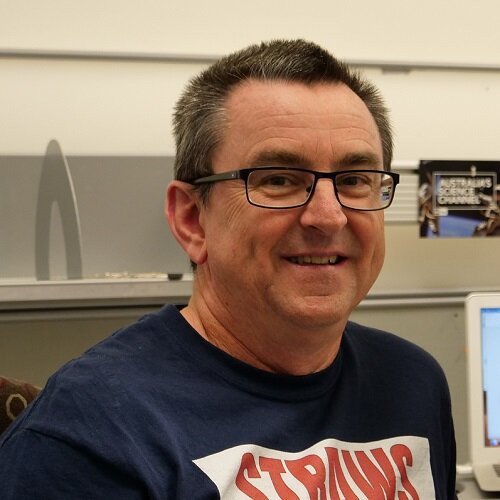Last updated March 25, 2020 at 3:43 pm
A regular COVID-19 update full of coronavirus disease science, data, reporting and optimism.
The latest COVID-19 update shows cases are continuing to spike globally. Credit: Volanthevist
Why This Matters: During challenging times, it’s important to stay informed.
Confirmed cases: 378,601
Confirmed deaths: 16,505
Source: Johns Hopkins University
Science
The research community’s response to coronavirus has been swift, rigorous – and largely unseen. Research funders and more than 300 world scientists met at WHO on 11–12 February to identify urgent priorities for research.
The WHO maintains a hub for a range of research findings, with reports divided into several categories, including vaccines, therapeutics and ethics.
Among journals responding to the pandemic, The Lancet has established a COVID-19 Resource Centre to capture all articles, comments and correspondence across all Lancet journals.
New research work also is starting to focus on coronavirus-related matters. In a paper just published in JAMA Network Open, for example, the Chinese authors say health care workers on the frontline have a high risk of developing unfavourable mental health issues and are likely needing psychological support or interventions.
COVID-19 update: Research is shedding light on the mental health impact on health care workers on the front line. Tim de Waele/Getty Images
The team surveyed health care workers at 34 hospitals in the thick of coronavirus treatment and found they were commonly reporting symptoms of depression, anxiety, insomnia, and distress. This was especially prevalent in women, nurses, workers in Wuhan, and those people directly involved in taking care of, or diagnosing people with, or suspected to have, COVID-19.
In Australia, the weekend’s stories included the Queensland’s government’s announcement of funding to fast-track a coronavirus vaccine.
Also: A vaccine against the virus that causes COVID-19 just took a huge step forward
And it seems there’s nothing like a global health crisis to have people paying attention to scientists and the science leaders in several countries have unexpectedly become the “rock stars” of the moment.
Data
So many numbers and – as quarantine requirements evolve and tighten – so much time to consider them. At layperson level, it’s good to have the basics on what numbers matter and why before wading deeper into the data.
Several web providers have stunning presentations of the growing coronavirus disease datasets, and in many cases these graphic displays make it far easier to understand and track the pathogen’s spread: WHO’s COVID situation dashboard is a good example. Most of these are regularly, if not constantly, updated.
Particular favourites include the “Information is beautiful” COVID-19 Data Pack and the “Genomic epidemiology of novel coronavirus” page maintained by Nextstrain, an open-source project that “aims to provide a real-time snapshot of evolving pathogen populations and to provide interactive data visualizations to virologists, epidemiologists, public health officials and citizen scientists”.
On 16 March, it was announced that the Center for Security and Emerging Technology (CSET) at Georgetown University, US, was partnering with leading research groups to prepare and distribute the COVID-19 Open Research Dataset (CORD-19).
This resource of more than 29,000 articles about COVID-19 and the coronavirus family of viruses is for use by the global machine learning community. The dataset, says CORD-19, “represents the most extensive machine-readable coronavirus literature collection available for data and text mining to date.” The set includes papers from peer-reviewed journals, as well as websites, such as bioRxiv, where scientists can post non-peer-reviewed preprint papers.
CSET’s data science director, Dewey Murdick, says the initiative is designed to help speed response to this global crisis. “The worldwide machine learning community now has the opportunity to apply recent advances in natural language processing to find answers to important questions about this infectious disease,” he says
Share index
The volume of reporting from reputable media outlets is vast, dynamic, growing and widely shared. The best coronavirus journalism is measured and credible, and often brilliantly illustrated. Many news organisations that routinely keep content behind a paywall have made all coronavirus disease coverage free. Some favourites from recent days:
Watch How the Coronavirus Spread Across the United States
Coronavirus Will Change the World Permanently. Here’s How.




























































































































































































































































